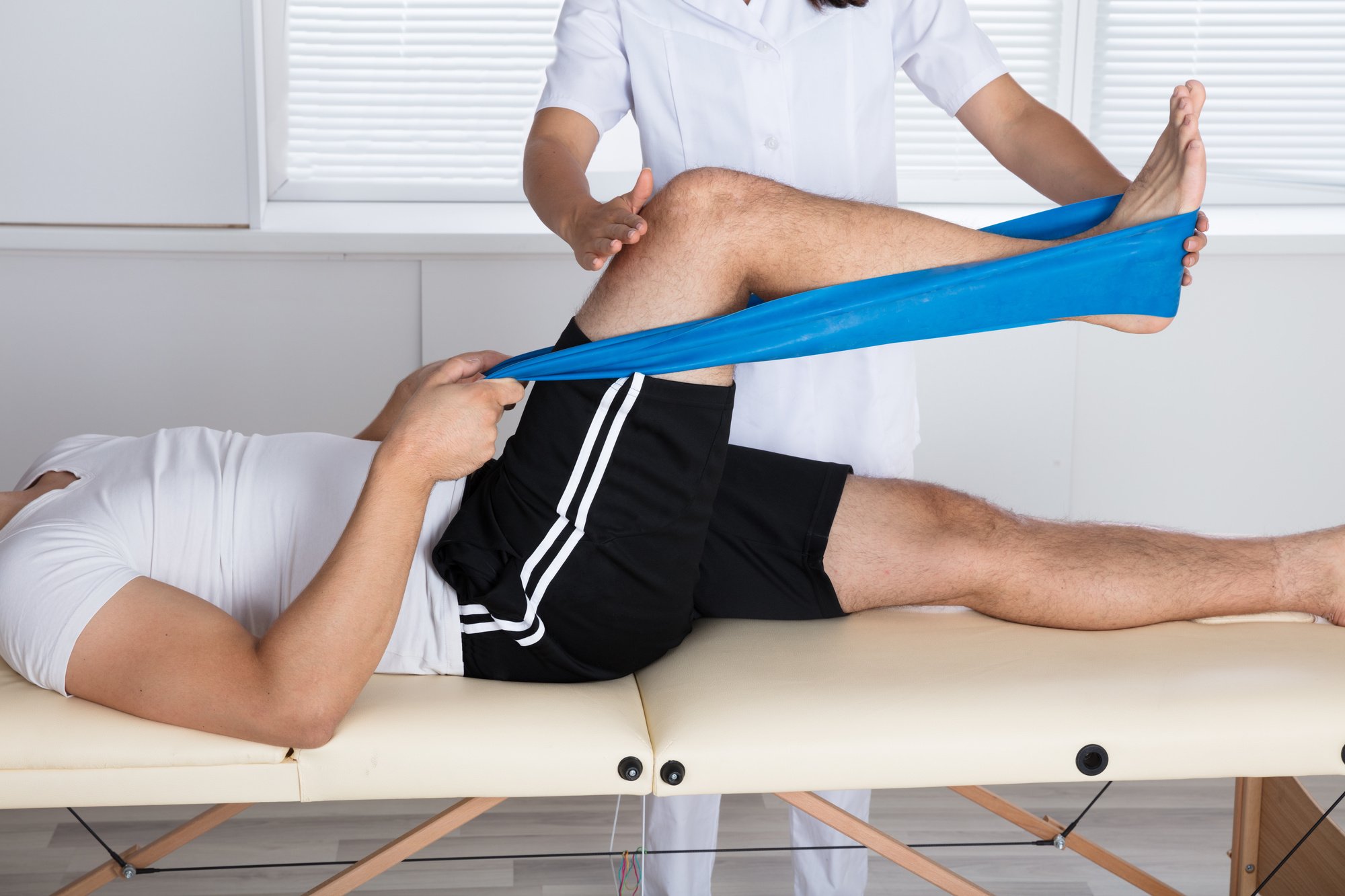
MEDICAL LIBRARY
IMPROVE YOUR HIP MOBILITY
Normal hip range of motion is important to maintain in order to prevent early degeneration (osteoarthritis) in the hip. Additionally, stiff hips can contribute to the incidence of low back pain. We've created a quick video of some of our favorite exercises to improve hip mobility. Check with your physical therapist before starting any new exercises to make sure they are safe for you.
CUSTOM ORTHOTICS
HOW DO I KNOW IF I NEED ORTHOTICS?
Whether you are a world-class athlete or just a weekend warrior, you may be a candidate for foot orthotics. Many athletes overuse injuries in weight-bearing joints such as the ankle, knee, hip, and low back, which can be attributed to over-pronation of the foot. Pronation is a normal part of human gait, However, too much pronation can affect how your lower extremities respond to repeated stress and exercise. It can also slow the healing time to acute injuries such as an ankle or knee sprains and have a profound effect on Patello-femoral tracking problems (knee cap pain). Another sign that you might benefit from orthotics is manifested as different types of foot disorders; for example, heel spurs, planterfascitis and neuromas.
The orthotic device that we use is a custom-fitted arch support that brings “the ground up toward the foot” and decreases the amount of pronation, therefore reducing abnormal stress on the leg. Creating an orthotic follows these steps:
1) 1-hour evaluation in which several measurements of your foot and ankle are taken
2) Next, a custom cast of your foot in a “neutral” position is created
3) Lastly, the cast and measurements are sent to a lab. The lab manufactures an orthotic based on which sport you play and what type of foot you have. The lab that Riviera Sports Physical Therapy uses designs orthotics specifically for sports ranging from snowboarding to soccer, cross-training, and running, as well as devices you can use in everyday work shoes and high heels.
Contact Riviera Sports Physical Therapy in Redondo Beach, California, with questions about foot orthotics or to learn how to help reduce downtime resulting from knee and ankle sprains.
INDOOR CYCLING
Indoor cycling, Peloton and others, have become incredibly popular as increasingly more people workout at home. Here are a few tips for those of you who use a spin bike at home!
Make sure your bike is set up properly for you, not for the last person on the bike. Ask for assistance from the certified instructor to make sure you're positioned properly.
If you wear bike shoes, make sure the cleats are tight and positioned correctly. Riding with loose or crooked cleats could cause havoc on your knees due to the resistance and repetitive movement of cycling.
Watch the tracking of your knees. Do your knees track over your 2nd and 3rd toes, or with each pedal stroke is your knee moving inward or outward?
Stay light on the handle bars. Try to focus on keeping your weight in your hips, not in your shoulders or arms.
Make sure to go at your own tempo. It's more important to listen to your body than the fast paced beat of the music.
Stay mindful of the bike tension. Always make sure to have enough tension on the bike to maintain controlled movements. Too little resistance can be just as harmful as too much. If you feel yourself bobbing either while sitting or out of the saddle, add more tension.
Stay away from excessive movements, these movements can cause you to throw off your balance or possible back strain. Keep the weight training, crunches and push-ups for the boot camp class or weight room.
Some instructors enjoy adding more choreography to their classes to keep their students from being "bored". Stay focused on form, visualize yourself riding on the road and continue to question whether these are movements you would be able to do on your road bike.
While performing jumps, focus on creating a smooth transition from the saddle to standing position for every repetition. Jumping too fast will cause the exercise to be ineffective.
Never stretch on the bike. Although once in awhile an instructor may insist on stretching on the bike, it's healthier for both you and the bike to stand on the floor for stretches. The bike can't take the stress of the body weight on the handle bars, and you'll find you will probably feel more stable for the stretches on the floor anyway.



